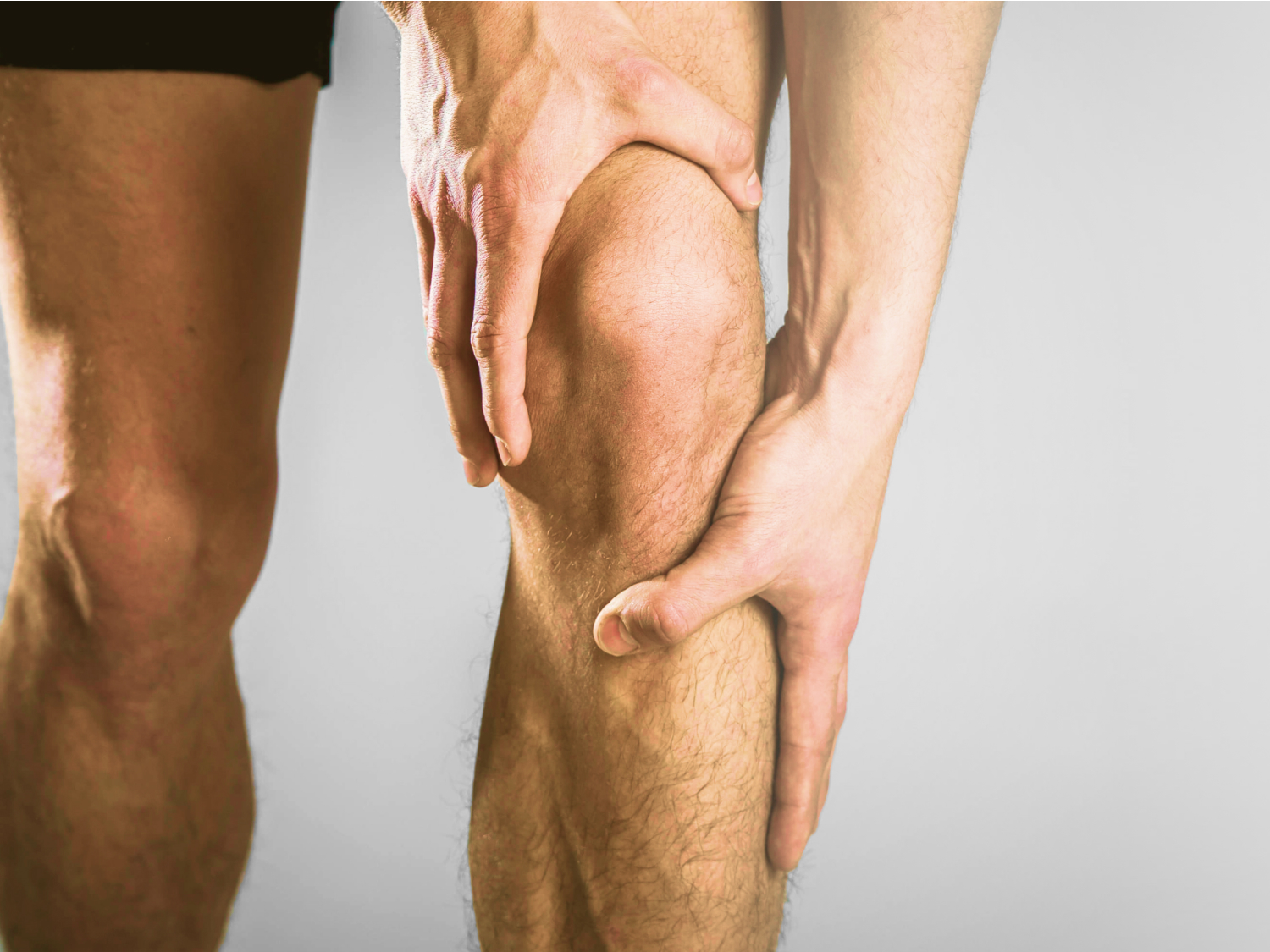SCHEDULE AN APPOINTMENT WITH US
Are Your Symptoms Affecting Your Quality Of Life?
Consult our MOH-accredited orthopaedic specialist for a detailed consultation & personalised treatment plan today.

A partial knee replacement, also known as a unicompartmental knee replacement, is a surgical procedure that involves replacing only the damaged compartment of the knee with an implant.
This minimally invasive surgery is distinct from a total knee replacement, as it focuses solely on the affected area. It is typically considered when arthritis or other degenerative conditions are confined to a single compartment of the knee.
Partial knee replacement is not suitable for all patients. It may be considered under specific conditions, such as:
The primary indication for partial knee replacement is arthritis confined to a single compartment of the knee. This procedure is not recommended for patients with widespread arthritis.
The most common form of arthritis is osteoarthritis. This causes the breakdown of joint cartilage and adjacent bone in the knees. Rheumatoid arthritis and arthritis resulting from trauma can also necessitate this surgery if they are localised.
When pain and functional limitations due to arthritis cannot be managed effectively by other treatments, such as medication, physical therapy, or lifestyle modifications, partial knee replacement may be considered.
Effective preparation for a partial knee replacement may include the following steps:
The procedure for partial knee replacement involves several steps to ensure precision and effectiveness:
SCHEDULE AN APPOINTMENT WITH US
Consult our MOH-accredited orthopaedic specialist for a detailed consultation & personalised treatment plan today.
Patients usually stay at the hospital for three days after partial knee replacement, with most patients requiring several more days in an inpatient rehabilitation facility. Following a recovery and rehabilitation plan after this can help lead to optimal outcomes.
The rehabilitation process can include:
Partial knee replacement offers several advantages over total knee replacement.
Despite its benefits, partial knee replacement, like any surgery, carries certain risks and potential complications:
Monday – Friday: 9.00am – 6.00 pm
Saturday: 9.00am – 1.00pm
Sunday & PH: CLOSED
Monday – Friday: 9.00am – 6.00 pm
Saturday: 9.00am – 1.00pm
Sunday & PH: CLOSED
Get Started
While individual experiences may vary, our knee surgeon ensures the procedure is as pain-free as possible. Post-surgery, effective pain management strategies are employed to control discomfort, ensuring a smoother recovery.
The incision for this surgery is smaller, thanks to advanced techniques employed by our knee surgeon. This leads to less scarring and a more aesthetically pleasing outcome, while also promoting quicker healing.
While longevity varies, modern partial knee replacements can last many years, depending on factors like patient activity levels and overall health.
Adhering to post-operative care plans, including physical therapy, and maintaining a healthy lifestyle can aid in faster healing and recovery.
Resuming running post-partial knee replacement depends on individual recovery. Low-impact activities may initially be recommended, but with the knee surgeon’s guidance and a tailored rehabilitation program, some patients may gradually return to running, focusing on building strength and ensuring the joint’s durability.